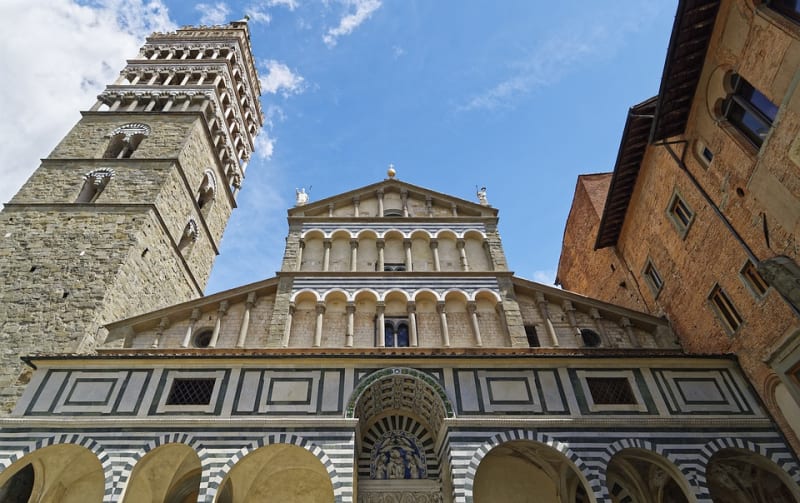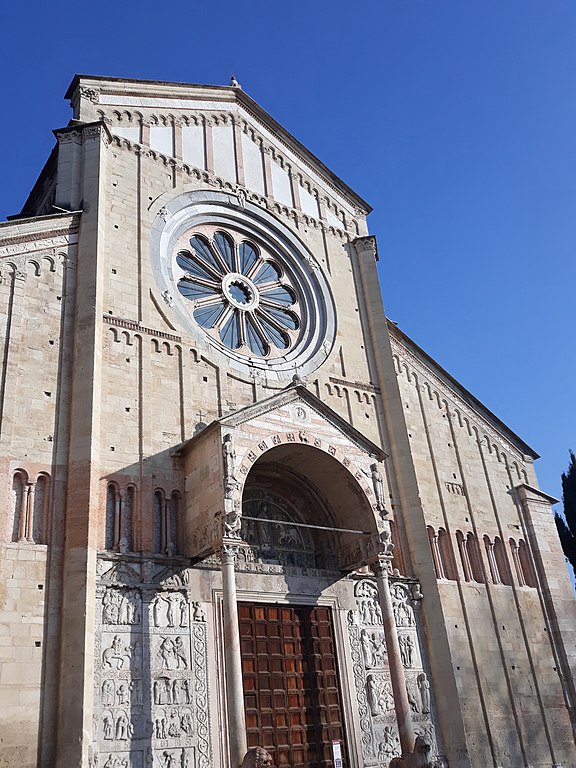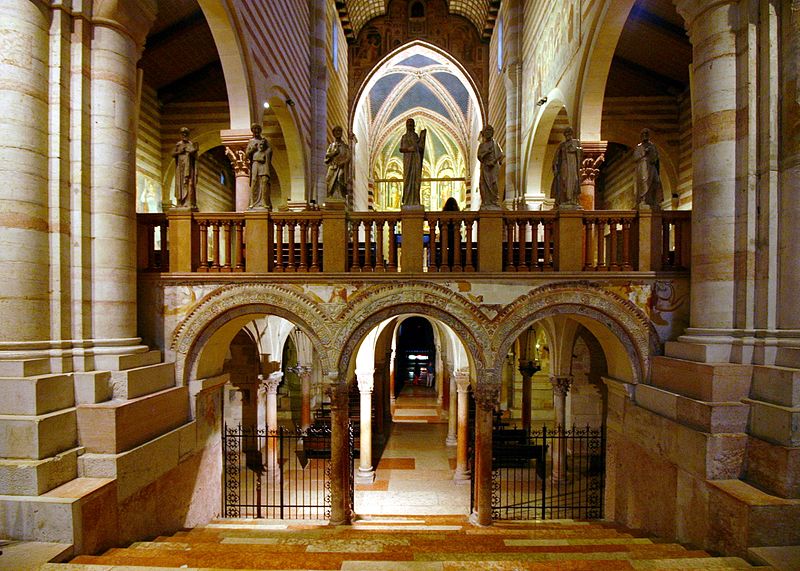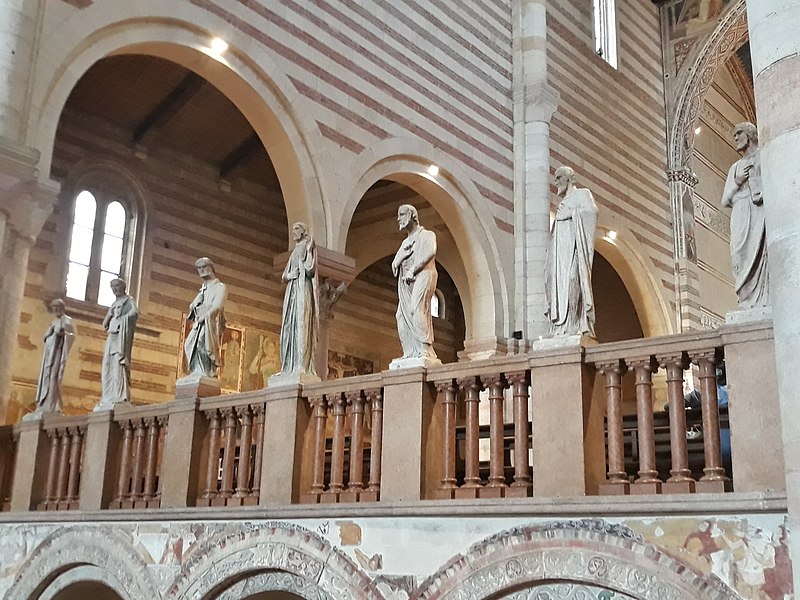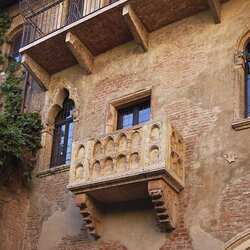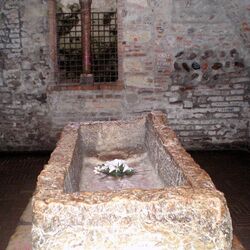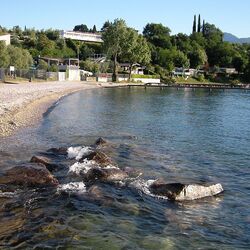Basilica of San Zeno Maggiore
The Great Basilica of San Zeno Maggiore is one of the most important Romanesque basilicas in Northern Italy and the most architecturally important church in Verona. This large Romanesque basilica with cloisters and a separate bell tower was part of the Benedictine monastery, which was often inhabited by the Roman emperors of Germany. It is easy to admire the amazing building even without understanding all the symbolism underlying the art and the elements of style.
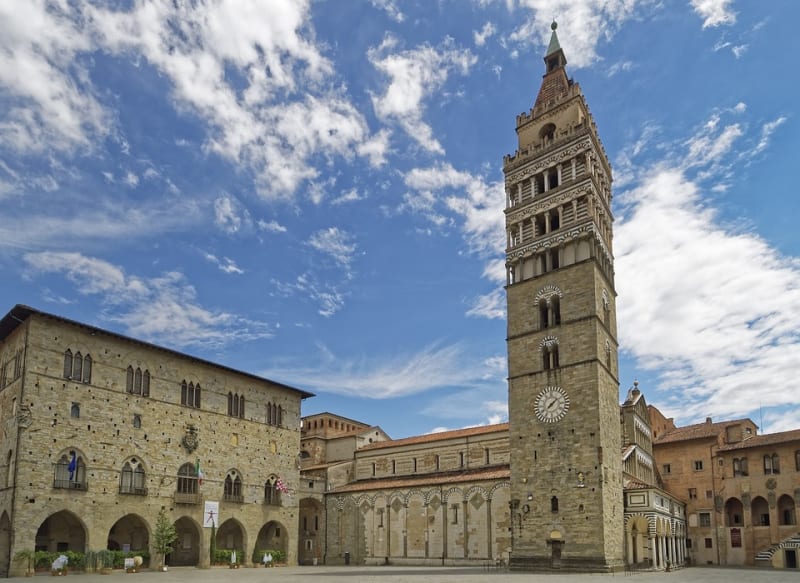
The Patron Saint
The first church was built here in the fourth century to house the remains of Saint Zeno, but the current building mainly dates back to the twelfth century, although the apse and roof date back to the end of the fourteenth century. A separate bell tower was completed in 1178, and the monasteries date from 1123 to 1313. Saint Zeno (c. 300-380) was a native of North Africa, but spent most of his life in Verona, first as a monk and then as a bishop. He is associated with fishing and is therefore often depicted with a fishing rod.
The western facade of San Zeno Maggiore in Verona
The Romanesque elements typical of this region have been preserved on the western facade. Two pillars are placed on the backs of two lions, justice and faith, who guard the church so that evil elements cannot enter. The marble bas-reliefs depict images from the Bible, as well as early Medieval themes. In the center of the tympanum of San Zeno Maggiore, the inhabitants of Verona are depicted, which was a good policy at the time when Verona was a city-state. The roof covering helped protect most of the paintwork. However, the artistic highlight here is the magnificent bronze doors. Of the approximately 20 similar doors preserved in non-Byzantine Europe, they are considered one of the best. The exact artist and origin of the doors are unclear.
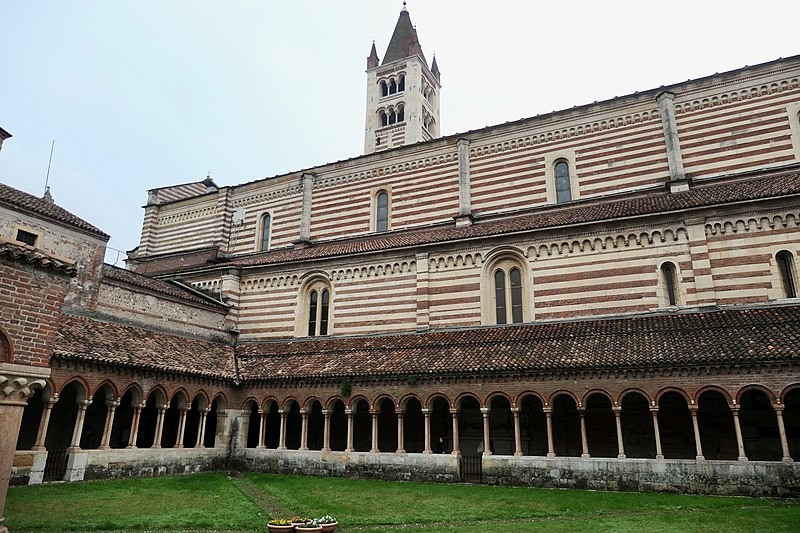
Burial place
The crypt of San Zeno Maggiore is very large, atypical for this region, and clearly inspired by the Kaiserd (Imperial Cathedral) in Speyer, which was the main center of the Salian emperors who ruled the Holy Roman Empire during the construction of the current church. This is the oldest part of the church, partially dating back to the 10th century. Pay attention to the individually carved capitals of the 49 columns. The crypt contains the remains of Saint Zeno, which are displayed on his feast day (April 12) or in Verona on May 21 in honor of the transfer of his relics to the crypt on May 21, 807. According to legend, Romeo and Juliet from Shakespeare's poetry got married in the crypt.
